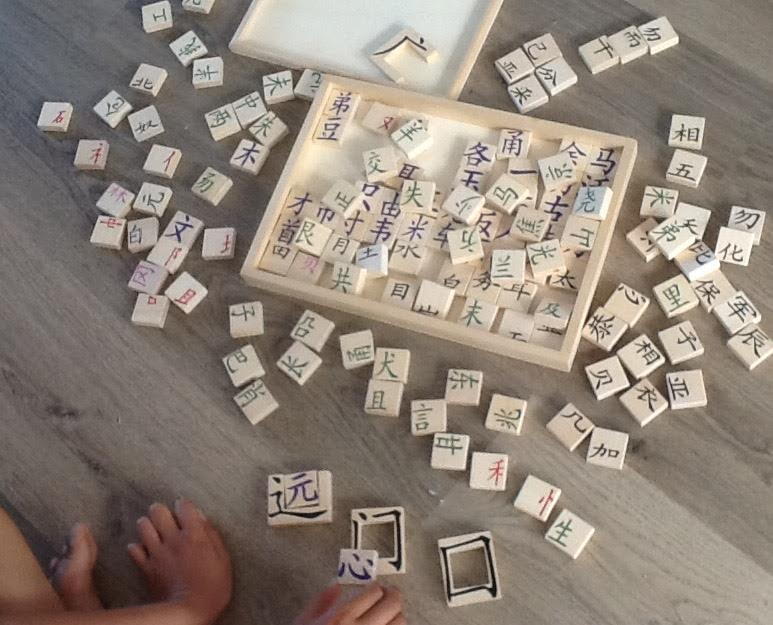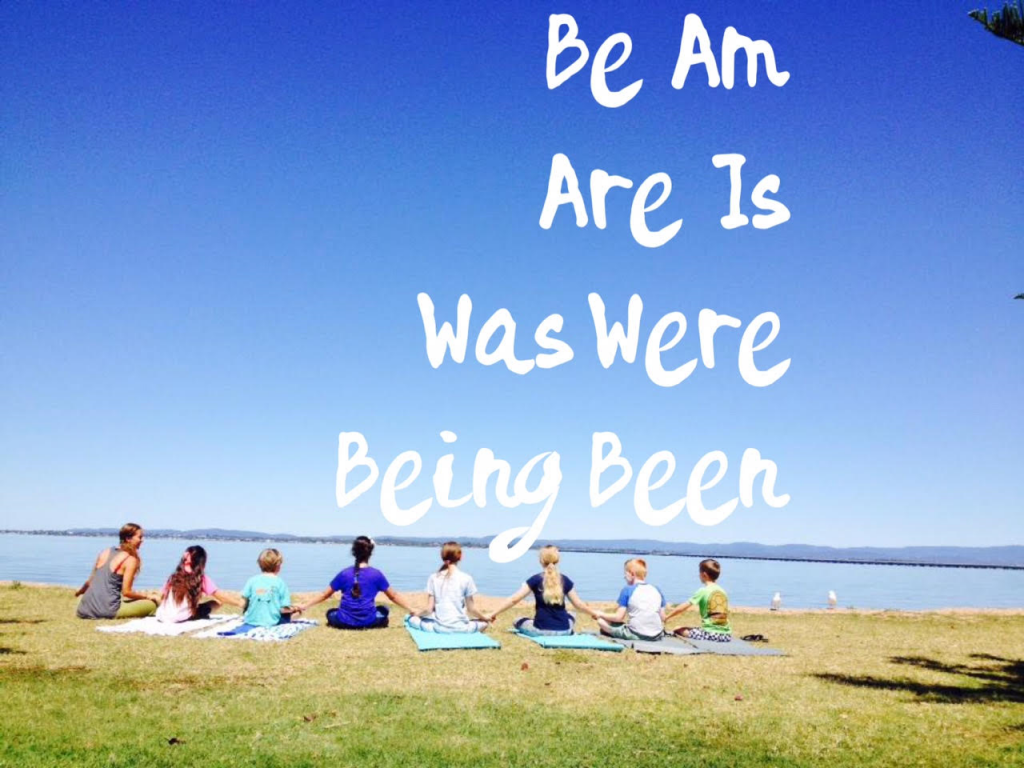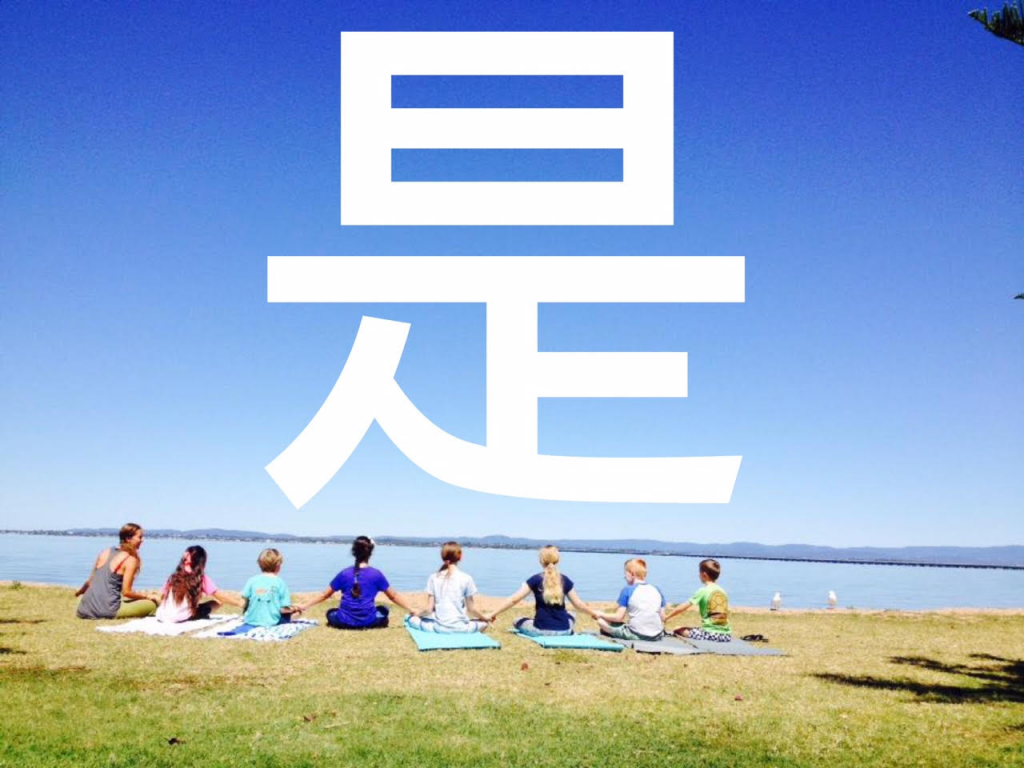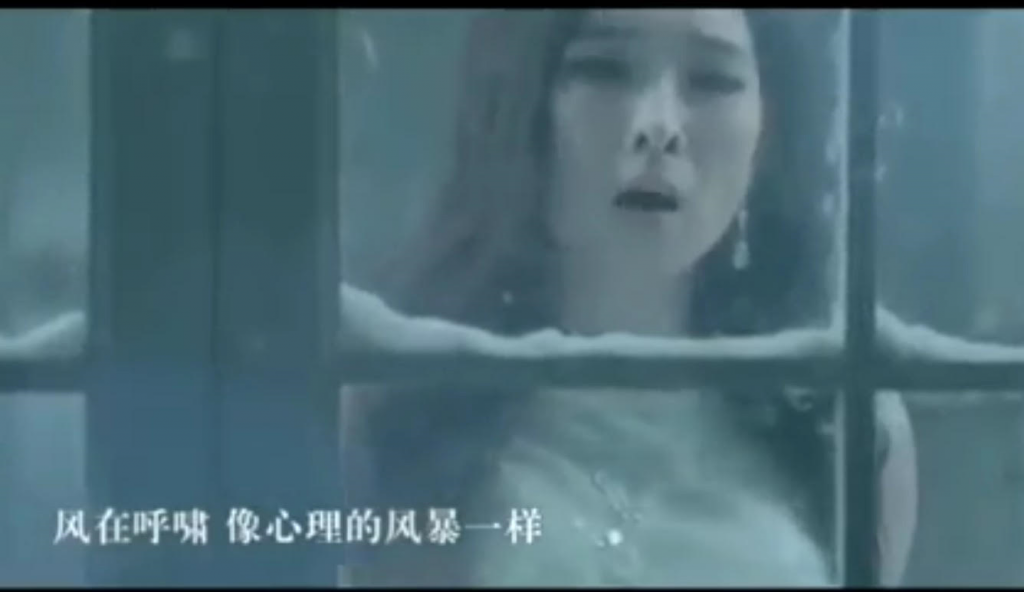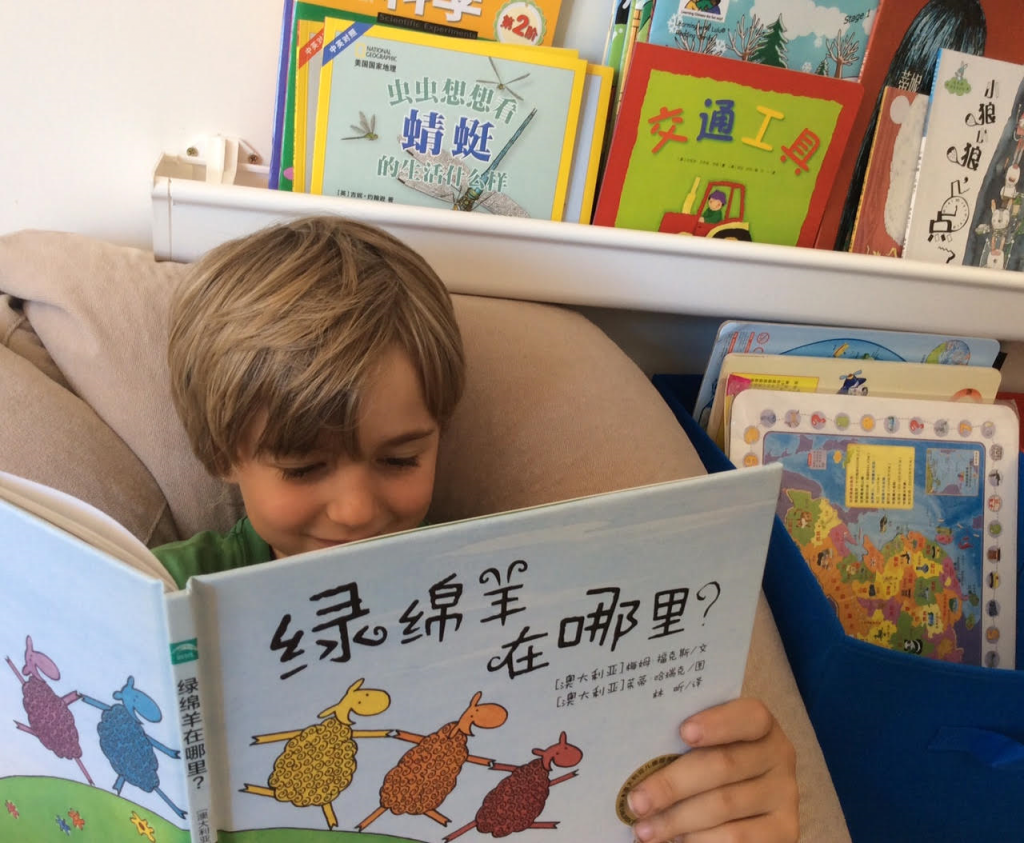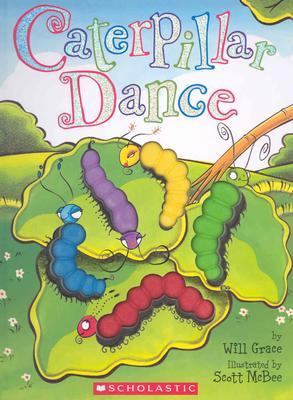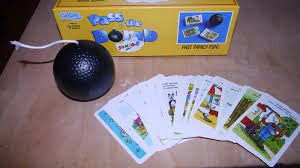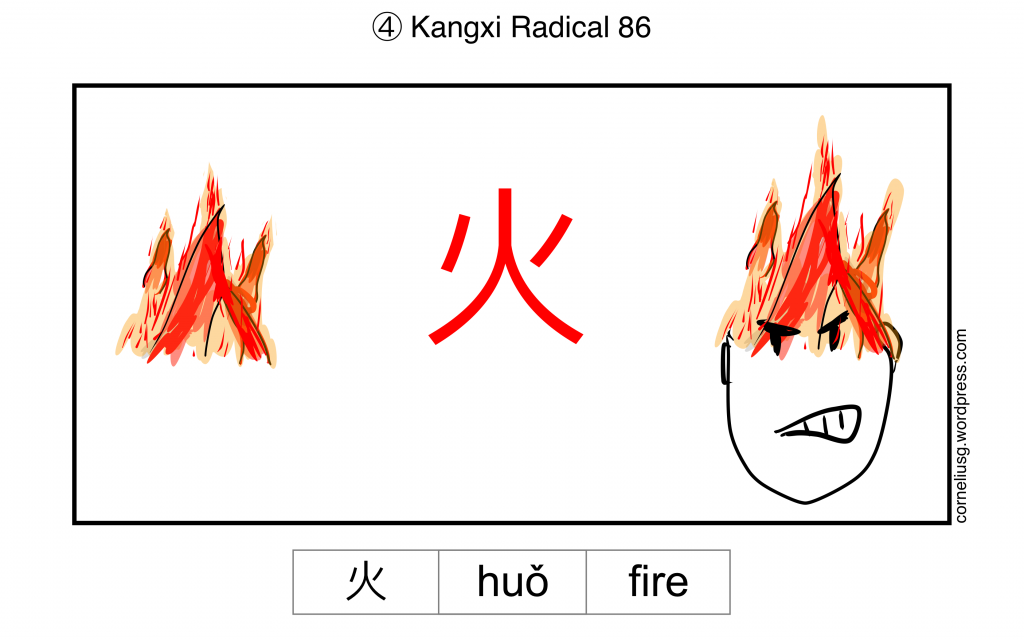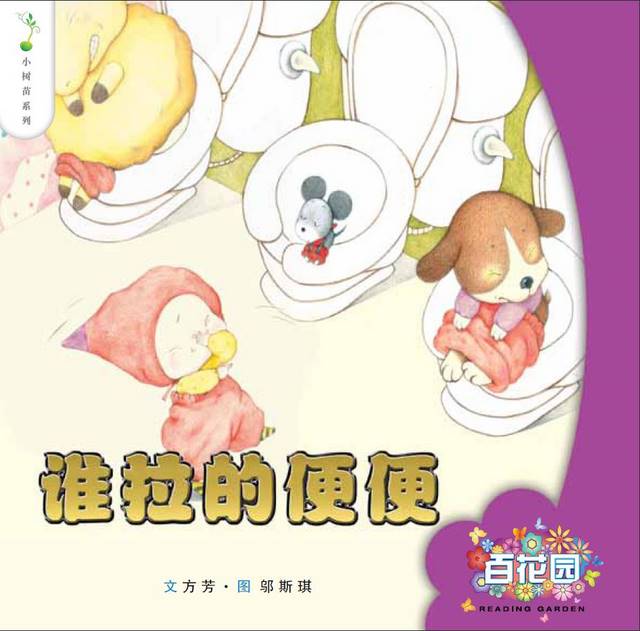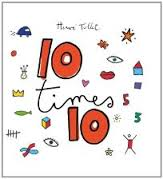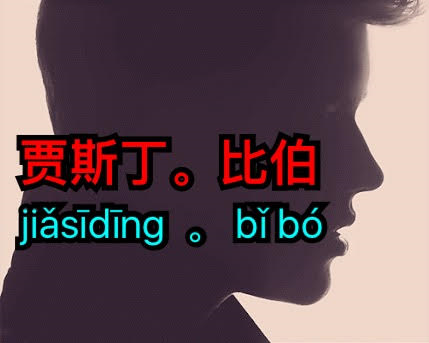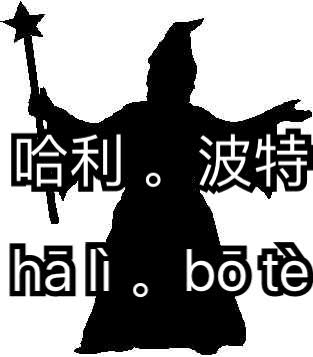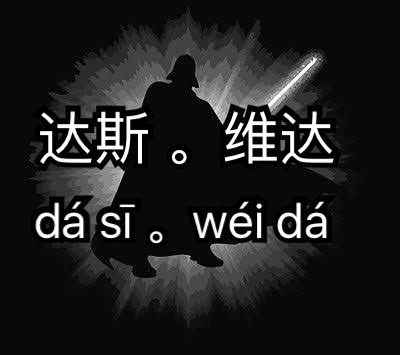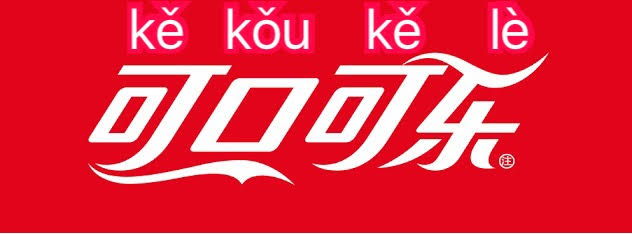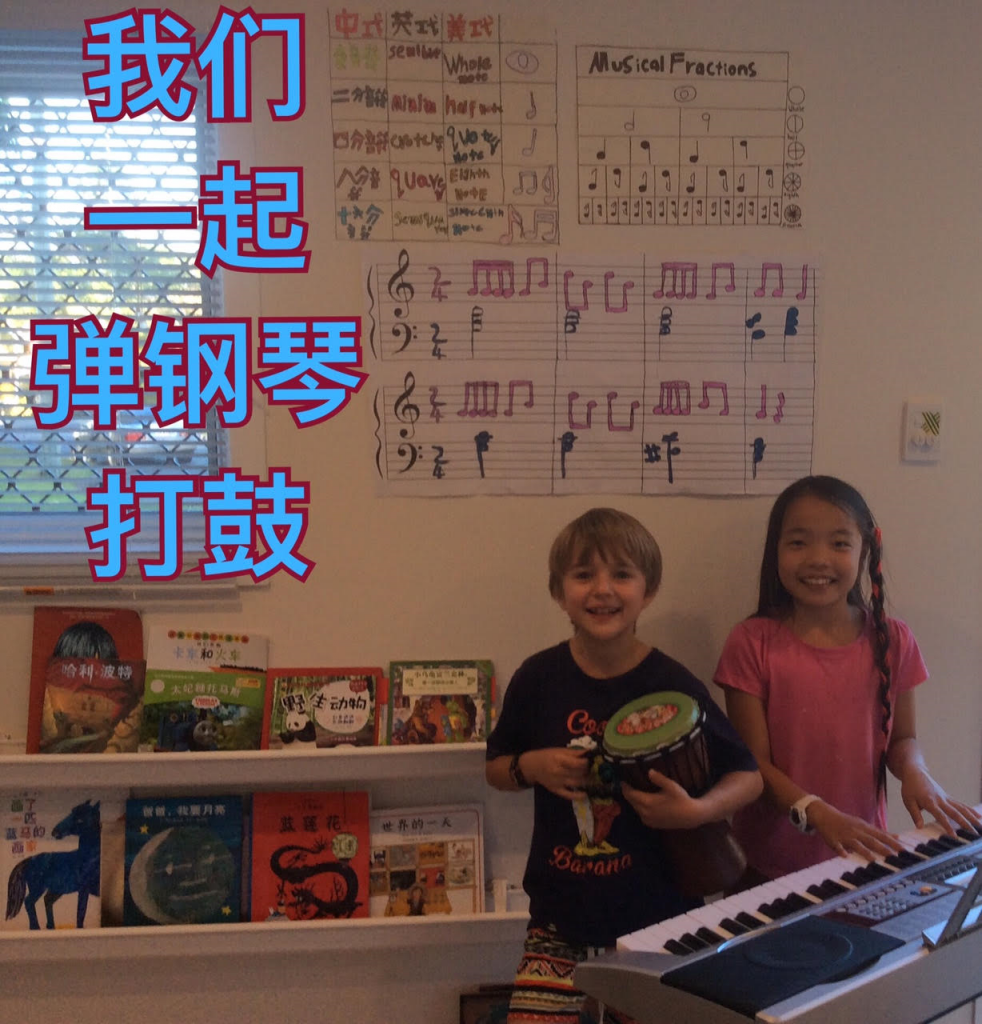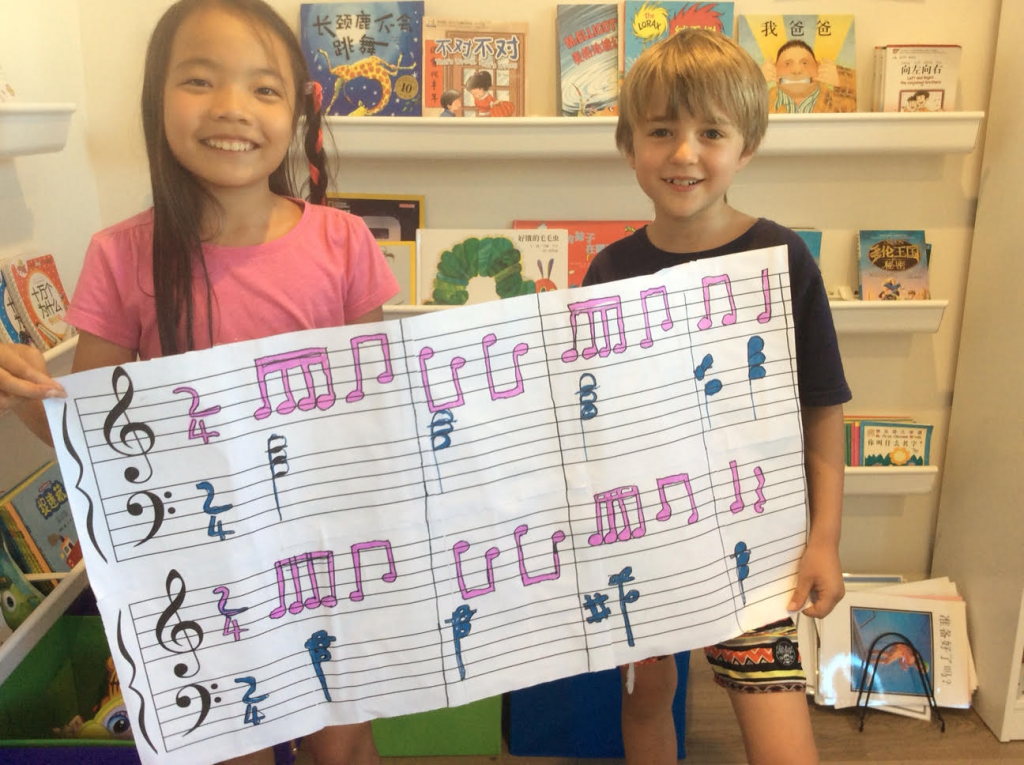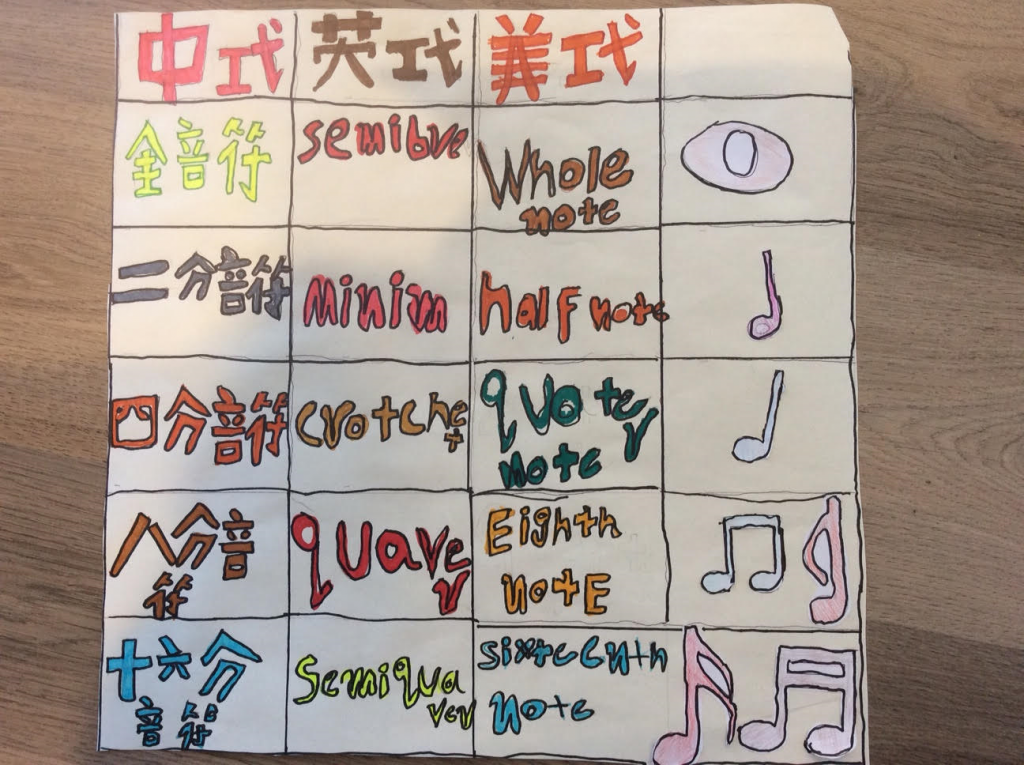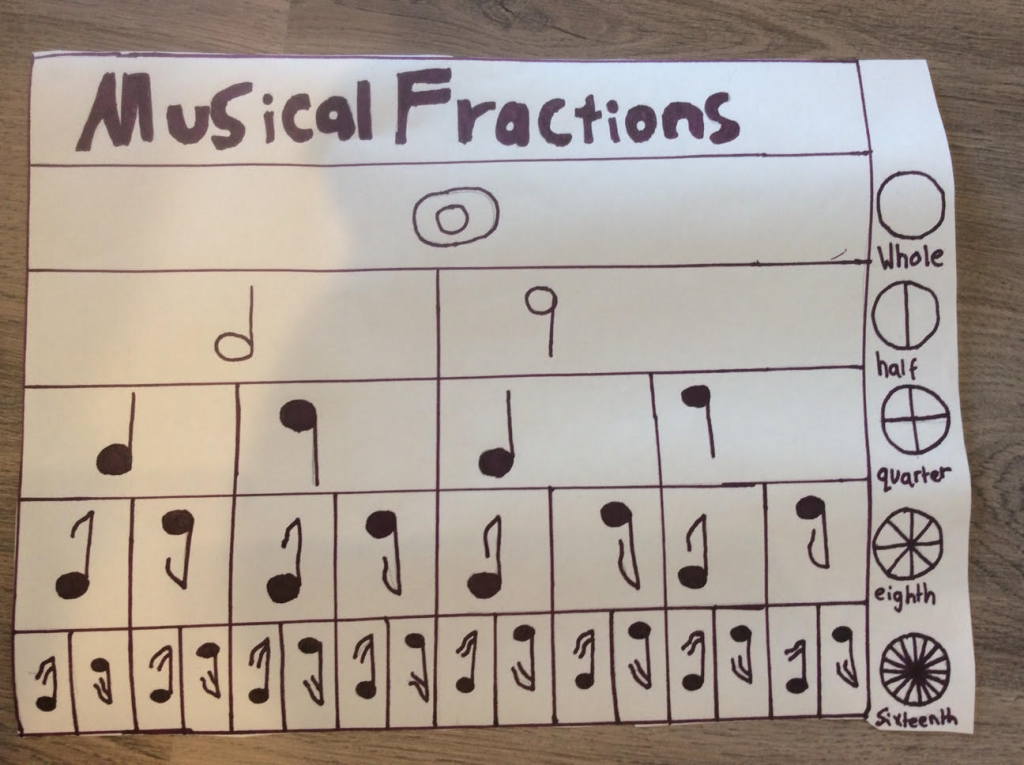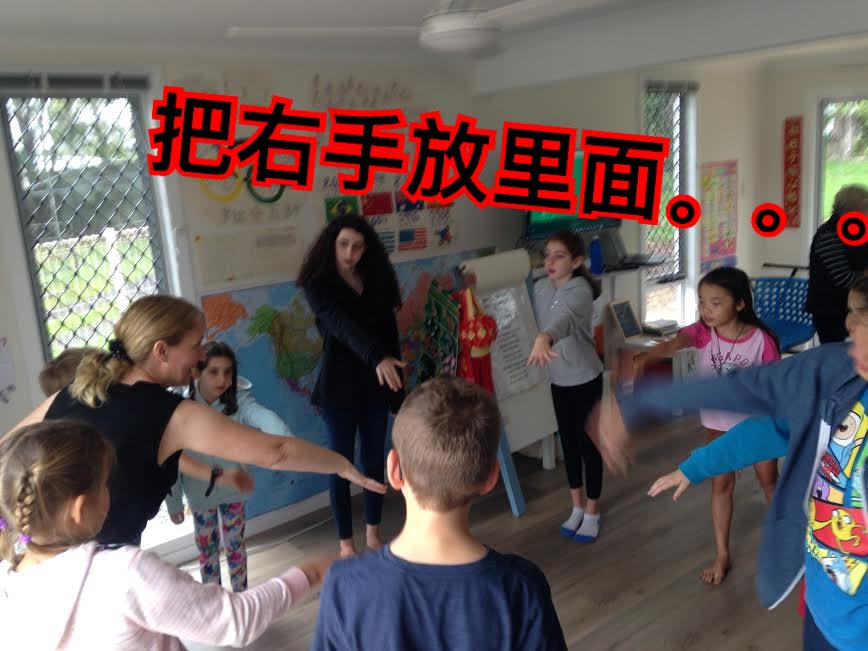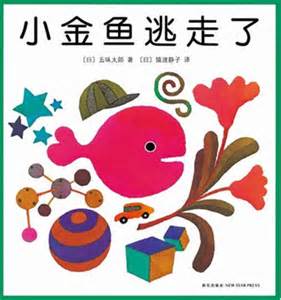Learning how to read Chinese sure may lead to some business deals and economical benefits for our kids in the future. But do our kids really care about that at the moment? That maybe a bonus benefit, something our kids might, when they are adults, thank us for giving them the opportunity to learn from being a kid (because starting as early as possible is another advantage – that’s for another article though!).
But really, why would all of our kids benefit form learning how to read Chinese?
Chinese characters are pictograms, containing phonetic and semantic components. They are like a code waiting to be cracked! It is not rocket science that the analytical skills, memory, logical thinking and attention required to learn Chinese characters would improve a child’s cognitive development.
Take Maths for example…through the fun analysis of character strokes and components, children use counting, grouping, ordering, spatial configuration, and identifying similarities, differences and patterns, so by reading Chinese our children are meaningfully consolidating skills which are all fundamental mathematical concepts! Really important skills!
But we are all becoming aware that Creativity is an even more important skill for cognitive development to take place. Take a look at this video:
A mnemonic through story visualising is being used here. It requires a set of rules for building blocks, engaging children’s logical thinking, then creativity is called upon to use this logical system to create stories and visualisations. Both logic and creativity used to make meaning of individual characters within the bigger story they are reading! In the above video, a story has been created to help remember the character for ‘light’ or ‘lamp’ which is 灯 in Chinese. The ‘fire’ and the ‘nail’ represent the components of the character. Shrek the Ogre represents the first tone of the character, and the English word ‘dung‘ helps to remember the sound of the character ‘dēng’. A system of rules (which can be created by the child) is combined with creativity and visualisation leading to a ‘how to learn’ strategy, a strategy that can then be used by the child independently (see Matthews reference below). This way only around 200 basic character components need to be memorised, and logical thinking and creativity are being exercised to master complex characters. These skills can be transferred to any learning area. We can see here how the ‘skills’ of learning ‘how to learn’ Chinese are actually a more important part of the journey, than just merely learning the language!
You would expect that learning ‘Chinese grammar’ is part of learning Chinese…but what about English grammar? Chinese has different word order, grammatical particles that don’t exist in English, different ways to convey tense, different ways to use verbs and adjectives, and so on. When we learn Chinese through story, we experience all of this and naturally learn Chinese grammar, without the need for an isolated ‘grammar’ lesson. But another amazing thing happens …even the youngest of children then naturally ‘compare and contrast’ these sentences with their first language. Through learning a second language, children consolidate English grammar from a completely new perspective. This natural reflection, is far more meaningful than isolated English grammar exercises!
- The verb ‘to be’ in English
- The verb ‘to be’ in Chinese
Take the verb ‘to be’. Not many children could conjugate this verb in English upon request! Through Chinese reading children soon learn that 是 (shì) means ‘am, is, are, was, were, will be, am being, is being, are being, were being, has been, have been…etc.’ all depending on the context of the sentence, but the word always stays the same in Chinese: 是. Children use their ‘English’ common sense to pick the right translation, because they conjugate the verb ‘to be’ in English everyday naturally without thinking! Connecting all these English words though, to one Chinese word 是, allows them to connect all these words to one verb ‘to be’. This doesn’t happen thinking in English alone, and there is no need for children to know this in their everyday English life…which is the reason why they shut off when an isolated English grammar lesson on verbs is presented to them! The teacher literally sounds like this ‘blah blah blah…!’ Trying to make meaning in Chinese has allowed this ‘light bulb’ connection to happen without the ‘blah blah blah’ English grammar lesson! There are endless comparisons of English and Chinese grammar that children make a ‘light bulb’ connection to as they journey through reading in Chinese.
What about deeper meaning though? Stories have long been a springboard for integrating many learning areas. When our children enjoy stories in a new language, not only are they experiencing the benefits of learning how to read a second language, not only can they consolidate their understanding of English grammar through the comparing and contrasting of the two languages, the story in Chinese can be a springboard for deeper learning of other learning areas. When children (and adults) read a story in a second language, their brains are tuned and focused on a much higher, deeper level in order to make meaning. This higher level of attention, together with the natural desire to make contrasts to their existing ‘meaning’ in their first language, means that the child is actually switched on more to the actual purpose of the text. They make connections to the purpose of the text that they may have missed reading passively in their first language.
Take the very popular song ‘Let it Go’! (Click on link for song and complete lyrics in Chinese). Often kids (and even adults!) will sing along to a song, but the lyrics are just words to be memorised. It often takes some guidance to take a child through a textual analysis of a song text. But when a text (in this case a song) is read in another language, there is another layer of processing that has to happen. ‘Meaning’ or ‘Sense’ has to be made to make sure that you have understood correctly. So take the line in the song ‘The wind is howling like the swirling storm inside’, in the Chinese version is 风在呼啸想心里的风暴一样 (fēng zài hū xiàoxiǎng xīn li de fēng bào yī yàng). Literally in Chinese the characters 心里 mean ‘in my heart/mind’. So to make meaning, we are picturing a ‘storm in her heart/head/mind’. So by comparing and contrasting the Chinese and English versions, the child then has to ask ‘what does it mean the storm is in inside her?’. Learning the song in another language has opened up the discussion of what the song actually means, there is something more than just a regular icy storm here, why would somebody feel like they had icy howling stormy wind in their heart/head? In the bigger picture of the song, it opens the discussion for a conversation about feelings, anger, sadness, mental health, well-being, biology, psychology, family relationships, similes, metaphors… What before were merely words belted down a hairbrush without the need to think at all (because there is no need to think in a first language when learning a song-just memorise the words), the analysis of a Chinese version has added a layer of thinking to make deeper connections to other learning areas. This is gold when the essence of these other learning areas are connected to the child…what child has never had feelings of frustration or anger so much that they feel something weird happening in their heart or mind? Plus the deeper meaning attached to all of this means that they will never forget those Chinese characters/words – it is a win win learning experience situation!
Then there is just that ‘Sense of achievement’. There is nothing more satisfying than reading a book in Chinese, and saying out loud ‘I just read a book in Chinese!’ It’s a pretty cool achievement! Learning how to read Chinese is much more for our kids’ development than world economics!
For details of my awesome reading programs in Chinese visit the link!
Thanks to the book : ‘Matthews, Alison. 2007. Learning Chinese Characters. Tuttle’, which outlines the story visualising strategy for learning Chinese characters.
